Return to Australia – The Atlantic, Part 3
Today was a day off from flying, which we spent exploring the town of Cascais. Juvy and I would be parting ways later in the day, with her spending a few days in Lisbon before flying on the airlines back to the US and me continuing with Planey as far as the UK. We slept a little late, and then rode in an Uber to the other end of Cascais to enjoy brunch at a restaurant by the marina.
Just across the marina were some beautiful looking old buildings that we could not resist checking out. The first of these was the Santa Maria House. Despite its very old appearance, the house only dates back to 1902, when it was constructed by the aristocrat Jorge O’Neil as a wedding gift for his daughter. The house was expanded through the years and hosted (in)famous guests such as Richard Nixon, before being purchased by the municipality in 2004 and opened as a museum.
We entered through the front doors but found the welcome desk deserted, with no way to pay the entry fee. We wandered off to look around the house anyway, hoping to find some staff as we went. A few minutes in we did run in to a lady who was most surprised to find us there; she thought she had locked the doors for lunch and was therefore not expecting to have any guests. We were sent on our way to come back later.
To pass the time before the re-opening of the house we headed into a nearby park. The museum there was also closing for lunch, but we could at least have a walk around the grounds. Highlights included a pond that was absolutely packed with turtles, and a large pair of disembodied feet.
Walking towards the center of town, we came across an old fort, the Citadel of Cascais, that had now been converted into a hotel and a variety of small art galleries. The Citadel was built between the 15th and 17th centuries to defend the Cascais coastline, including protecting against attacks on the capital, Lisbon. In the 19th century the Citadel was converted into a palace for the royals to stay in when they came for rest and recreation in Cascais.
The Santa Maria House was now open again, so we returned for a proper visit, before going next door to check out the lighthouse.
Juvy and I parted ways here – her into the museum, and me to take a walk along the seafront back towards the hotel. A large swell was running and I occasionally had to time my movements quite carefully to avoid being caught by one of the waves that was crashing over the seafront path.
After getting back to the hotel, I spent a couple of hours working on flight planning for the subsequent days. Flying in Europe, Southern Europe in particular, is much more challenging than it is in North America; not because of any physical differences in landscape or weather, but entirely due to stupid bureaucracy and the mentality of the people in charge of airports and airspace.
The next day’s flying was a good example; only very limited airfields in central Spain had Avgas. The one I located that seemed to suit had a restriction stating that, for some reason, only IFR traffic was accepted on weekdays. European countries, again for no apparent reason, maintain a list of tens of thousands of airspace and IFR routing restrictions that change on a daily basis; this means that it is effectively impossible to manually plan a route, and a website such as autorouter must be relied on to parse all these restrictions and calculate a route. The only IFR route that would validate for my flight had a minimum altitude of 15,000ft. I was glad that I had brought my oxygen system.
Planning complete, I dropped in to a local restaurant for a pizza, and turned in for an early night. The rest of the trip would be happening solo!
The handling agent, just one lady this time, met me at the little General Aviation terminal and escorted me through security and out to the aircraft. The cost of handling at Cascais was high at well over 300 Euros, and in no way value for money even though the people assisting me were friendly and helpful. It was not surprising that very few General Aviation aircraft were in evidence. After a thorough pre-flight I started up and called for my IFR clearance, being assigned a standard departure route that would require a steep climb to meet the altitude restrictions.
I passed through a thin cloud layer and shortly afterwards, passing 12,000 feet, donned my oxygen canula. My oxygen system is an oxygen concentrator – instead of using stored oxygen from a tank (which needs to be refilled), this unit concentrates oxygen from the atmosphere and delivered pure oxygen to the user. This makes it much more practical for trips such as mine where it can be difficult to arrange oxygen refills; it’s also somewhat lighter.
Planey was light today, with no fuel in the ferry tanks and the mains about half full, as well as only one person on board. The climb to 15,000ft had been rapid (at least by Planey’s standards) and he was performing quite nicely in the cruise as we made our way across Portugal and towards central Spain. Not long after crossing the border into Spain I was cleared to start my descent towards Salamanca.
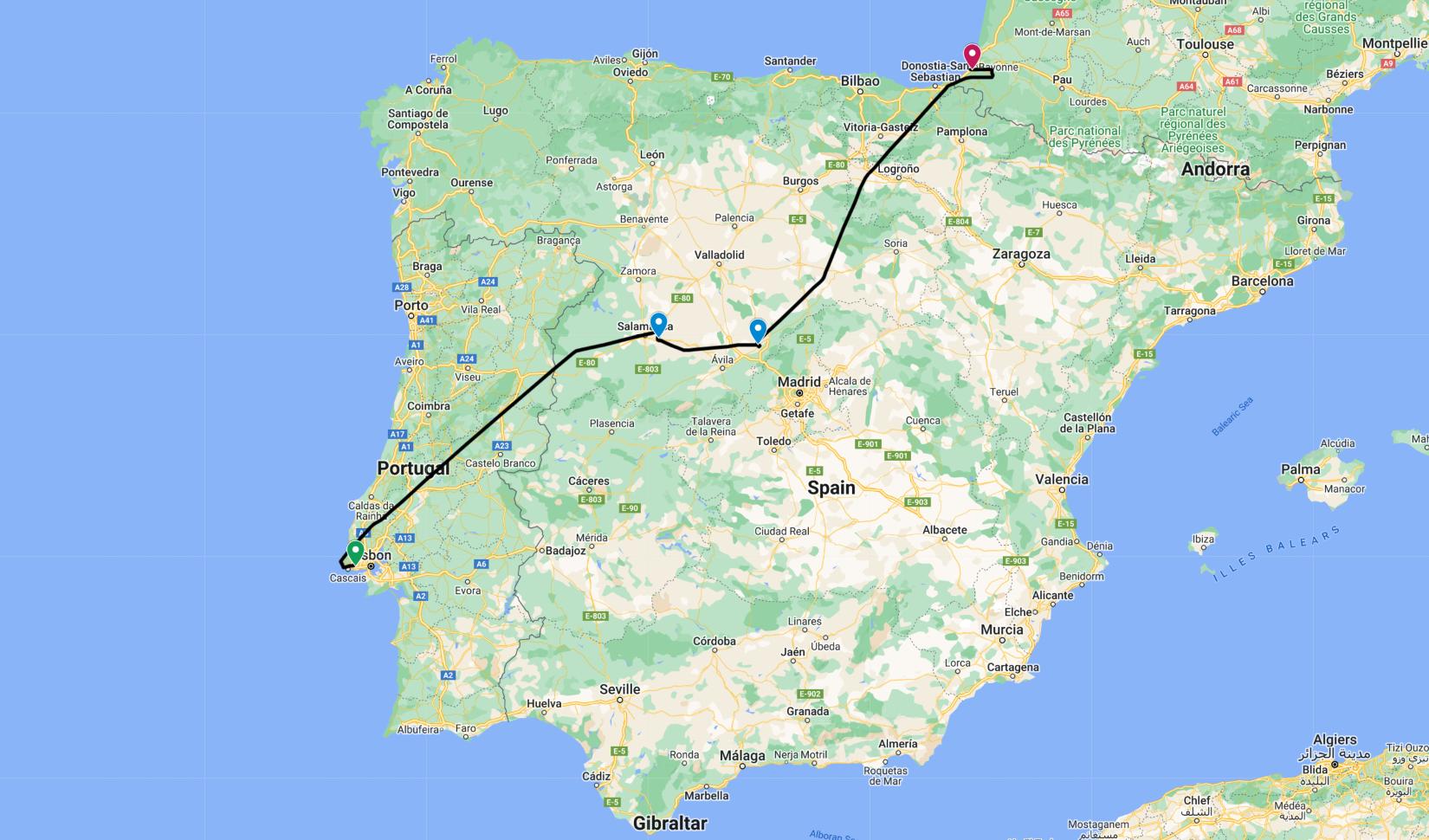
Salamanca was very quiet – no surprise given their “IFR-only” restrictions. After flying the ILS approach to land on runway 21 I parked on the end of a row of flying school aircraft and went in search of how to pay my fees, and get fuel – although I had emailed a notification in advance letting them know I’d need fuel, no reply had been received. Eventually a couple of airport firefighters drove by and directed me to the hidden side entrance to the terminal; here another official took over and led me to the airport office. The lady there did not seem to have ever processed an arriving airplane before and after more than 30 minutes she gave up and said they’d email the invoice to me. She did at least manage to call the fueler, who was much more efficient, and soon Planey’s main tanks were topped off and we were ready to go.
I departed IFR, given the restrictions, and cancelled once I was outside of Salamanca’s airspace. My next stop was the small field of Fuentemilanos, a private airfield of the type that seems to support the majority of General Aviation in places like Spain. As is usual for Europe they request contact in advance to get permission to fly in, and this had been quickly granted by email. I had originally planned to take on some fuel here but having filled in Salamanca, and given the fact that the Avgas pump was blocked by several parked gliders, I decided to just have a quick drink, look over the plan for my next leg, and chat with the few Spanish pilots who were there cleaning gliders and taking care of other odd jobs.
The final two-hour flight of the day would take me across the rest of Spain and just over the border into France, and the town of Biarritz. As I flew north the terrain became more rugged and mountainous, until finally the northern coast of Spain appeared ahead and to the left. Another US-registered Cessna was on frequency, a Cessna 177 Cardinal that it turned out was also on its way to Biarritz. Spanish ATC handed me over to Biarritz, who assigned me the SSN 2N arrival and I joined the instrument approach behind the Cardinal, landing on runway 27 and taxiing to the General Aviation apron.
The representative from the GA terminal met me as I parked up. Despite still not being cheap, the prices here were a lot more reasonable than those of Cascais, and the facilities better! As I tidied up Planey and tied him down, the 177 came and parked next to me having completed refueling. On board were a retired British couple who coincidentally were also on their way to the UK from Cascais. They’d been into Biarritz before and I asked if they had any hotel recommendations; the one they mentioned they were staying at was 600 Euros per night, so I decided to stay elsewhere!
It was a short Uber ride to the town and my hotel, which was on the seafront just above the fishing port. There was still some daylight left so I headed out to take a look around before dinner. A large swell was running here, just like in Cascais, and paths closest to the waterfront were closed.
As I was in France, I couldn’t resist a dinner of crepes at Creperie Le Ble Noir near the hotel. After that it was back to the hotel for the next day’s flight planning; all the way from south France to the northern coast, with a stop in La Rochelle for lunch.
The weather in Biarritz for departure was good; sunny and bright, without too much wind. I had elected to file a hybrid flight plan with VFR departure, switching to IFR further along the route. This would allow me to sightsee along the coast initially, but switch to instrument flight further north where the weather was forecast to be poorer.
After a short wait to allow an Easyjet flight to depart, I took off on runway 27 and turned right, heading north along the coast. I cruised at about 1,500ft taking in the views of the French Atlantic coast. Beautiful homes perched on the cliffs overlooking the sea and I wondered it would be like to sit in the window during a storm, watching the waves pound on the rocks below. As I approached the Bordeaux area I began a climb, and switched to Instrument Flight Rules as a cloud layer began to build up below me.
Passing the Rochefort area I could see seemingly endless expanses of aquaculture in the shallows of the estuary. My assumption was that this must be some kind of shellfish farming, but I don’t know for sure. As I pushed further north the wind became stronger, and the cloud thicker. La Rochelle approach vectored me to the ILS approach, and on this occasion it was certainly necessary as I was still in thick cloud well past the final approach fix. The ceilings were fairly high though, and I broke out of the cloud well before the threshold.

I taxied to the indicated general aviation parking on the grass, entering rather gingerly in case the surface was soft after the recent rain. It was well drained however and I was able to park up without incident, the only aircraft in visitor parking that day. The airport exit was not immediately obvious and I found my way into the flying club where a few pilots were hanging out. They directed me to the correct gate, and I took a short walk to a nearby Italian restaurant, strangely tucked into one corner of a warehouse in an industrial area.
The pizza was surprisingly good for the weird location. Maybe this was why they were still open despite the site. I finished and walked back to the airport, to spend a while searching around the airport terminal for somewhere to pay my landing fee. Having failed at this I returned airside, only to spot a cabin inside the fence with “landing fees” marked. There was a lady inside but she didn’t want to take my fee, and instead asked me to fill in a form for them to mail me an invoice later. That didn’t seem terribly efficient to me, but I did as I was asked, and was soon on my way once again.
The wind was still howling down the runway, giving me a very short ground run as I took off and turned right to continue north. I was on an IFR flight plan and soon settled into my cruising altitude of 9,000ft, sitting nicely above the clouds as I crossed northern France towards my final night stop at Dinard.
The cloud broke up as I approached Dinard and I was cleared to approach straight in on runway 35. The visitor parking here was grass too, and I asked the control tower if the surface was still firm after all the rain. “We don’t know”, came the reply, “but the airport would probably have closed it if it was soft”. They were correct; the surface was fine and I parked up into the wind next to the windsock in the center of the grassy area.
The airport was mostly deserted and I didn’t see anyone as I made my way out of the General Aviation gate. Uber was pretty limited here and it was quite a long wait until a car showed up to take me into town. I spent the time booking a hotel for the night.
Upon arrival at the hotel I realised that I had forgotten to chock Planey’s wheels. A return to the airport via Uber would be expensive and time-consuming, so instead I phoned the flying club, located next to the grass parking, and asked them if they could grab the chocks from Planey (he was unlocked) and place them under the wheels. In every place I’ve flown I have found local pilots to be friendly and to go out of their way to help, so it was a surprise to be met with the verbal version of a Gallic shrug and a “No, we can’t do that, maybe you can call the fire fighters and ask them”. This I did, and they were much more friendly, promising to go straight out and place the chocks.
I spent the evening exploring the town a bit, and enjoying another dinner of crepes on the waterfront by Dinard beach. As lovely as the stop was, I was keen to be moving along – tomorrow would be the last day of section one of the flight! That night I took care of the paperwork for the next day; immigration forms to be submitted for both Jersey and the UK, as well as IFR flight plans submitted.
The final day dawned cloudy and windy, exactly as forecast. I walked to a bakery to get some croissants for breakfast, only to discover a hand-written sign saying they were closed this week for holidays. Oh well, no breakfast for me!
I tried to get an Uber, this time with no success. Plan B it was then – I walked back to Le Grand Hotel which I had passed on my way to the bakery, and asked the front desk to call a taxi for me. They complied, and after a thirty minute wait I was on my way.
I had been corresponding with the customs and immigration officers at Dinard and they were waiting for me at the airport to complete the exit formalities. We discovered at this point that the immigrations agents in the Azores had accidentally given me an exit stamp instead of an entry stamp but this was soon resolved and I was cleared to leave the country. I paid my landing fees to the firemen, and headed to Planey who was still where I lift him despite the apparent failure of the firemen to actually chock the wheels. A quick pre-flight, including careful checking of the fuel tanks to ensure no water had made its way in from the overnight rain, and I was taxiing for take-off, my IFR clearance received from the tower.
The flight to Jersey was a short one. Not long after coasting out from France I was handed over to Jersey approach who lined me up for the ILS to runway 26. The wind was blowing very hard from the left quarter, and it was a challenging landing, made all the more difficult by the fact that there was a small audience on the balcony of the flying club watching people land!
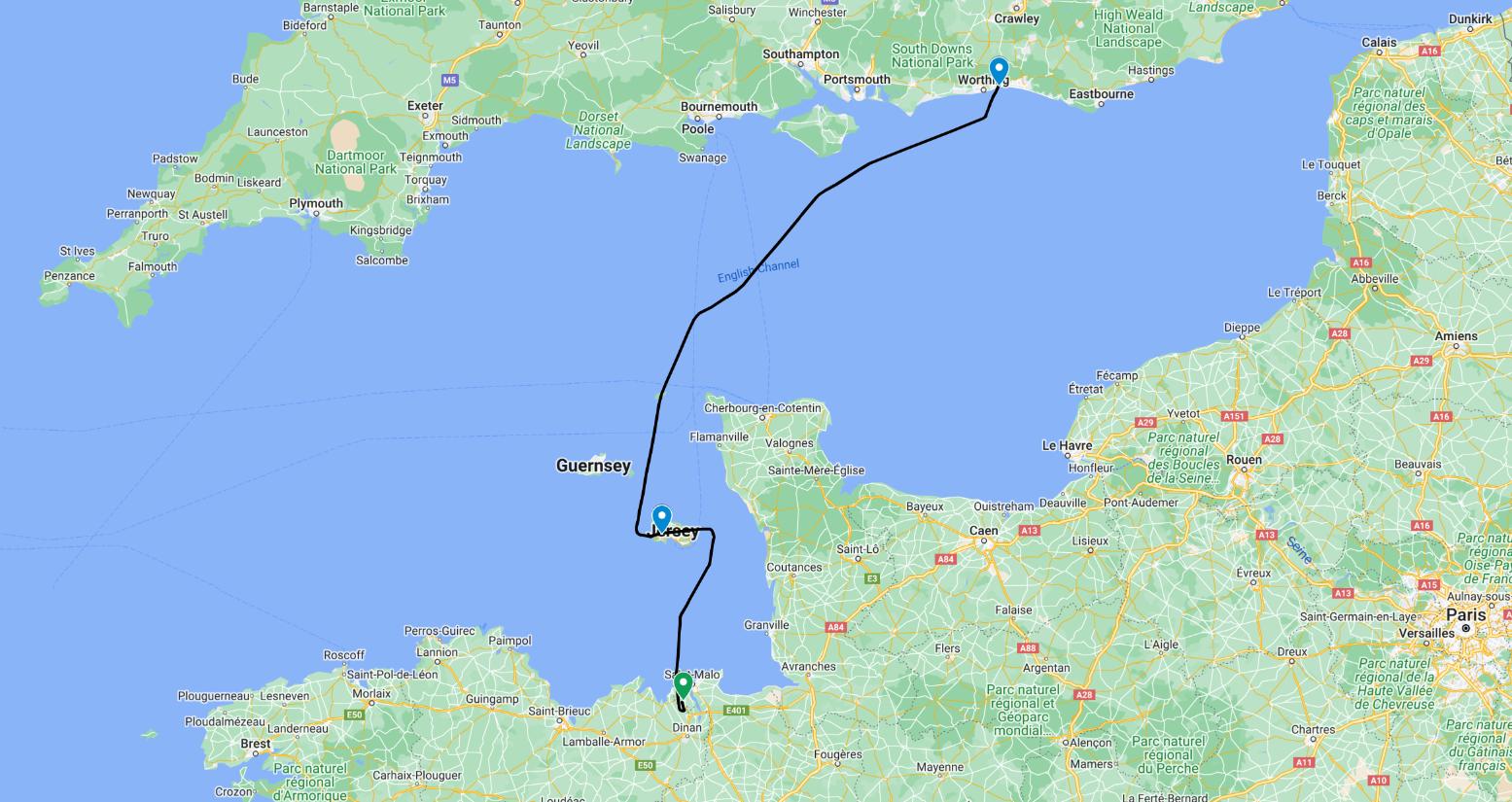
The flying club were very welcoming, and immediately set me up for refueling. Avgas in Jersey is cheaper than anywhere in the UK so this was a good place to fill the tanks; mains and tips too. I finished refueling and repositioned Planey to the parking area, making my way back down to the club for lunch. The day before I had discovered that a good friend Mark had flown to Jersey for a couple of days, so we had arranged to meet up for a meal on my way through, and he was waiting for me as I arrived.
After a great lunch and plenty of flying chat with Mark and another member of the Flyer forums who had shown up, I donned my drysuit one last time and departed on my IFR flight to Shoreham, also known as Brighton City Airport. Before I was even in sight of the mainland the deficiencies of the UK IFR system started to make themselves apparent. ATC don’t seem to like dealing with IFR General Aviation and the moment that I left controlled airspace they couldn’t wait to drop me and pass me off to London Info, a basic information service who don’t even have radar. At least, I thought, I could pick up the instrument approach to land at Shoreham – the weather was not great.
Wrong. Shoreham had posted a “NOTAM” (Notice to Airmen” stating that due to inadequate staffing the instrument approach would not be available on a whole variety of dates and times. I had seen this, and confirmed that my arrival time was not listed. I therefore believed that ATC would be on duty for my arrival. Unfortunately this was not the case; buried deep within the AIP entry for Shoreham was a second list of other times that the approach was not available and this list did include today. The UK do work very hard to make it as difficult as possible to fly GA!
Fortunately for me the cloud and rain lifted for just ten minutes as I arrived, allowing me to arrive in good VFR weather. I taxied to the apron and, in a first for me in all my flights to the UK, was greeted by two agents from the UK’s Border Force. They walked out as I shut down. They were very friendly and had apparently Googled me and found this website, so were fully up to speed on my flying habits. They didn’t even need to see my passport and I was very quickly given the go-ahead to relocate Planey to his temporary home.
This temporary home was a space in a hangar arranged for me by a very kind and helpful Flyer forum member, Andy. Despite the rain he helped me push Planey inside, leaving me to my own devices as I met up with my Dad and performed an oil and filter change. We tidied Planey up, ready for him to spend the next couple of months here, waiting patiently until the end of the year and the next section of the flight.
Click here to read the next part of the story.
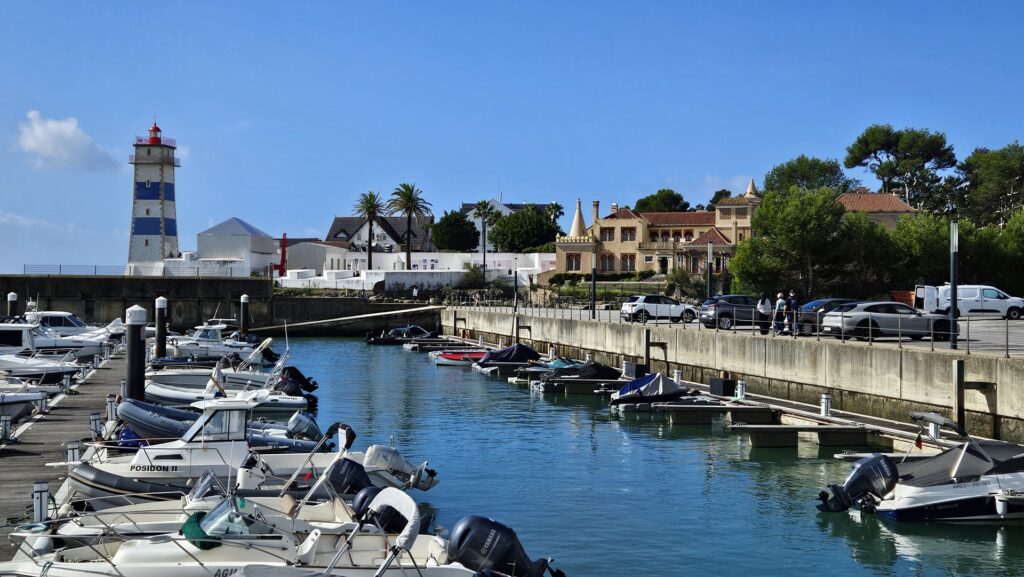
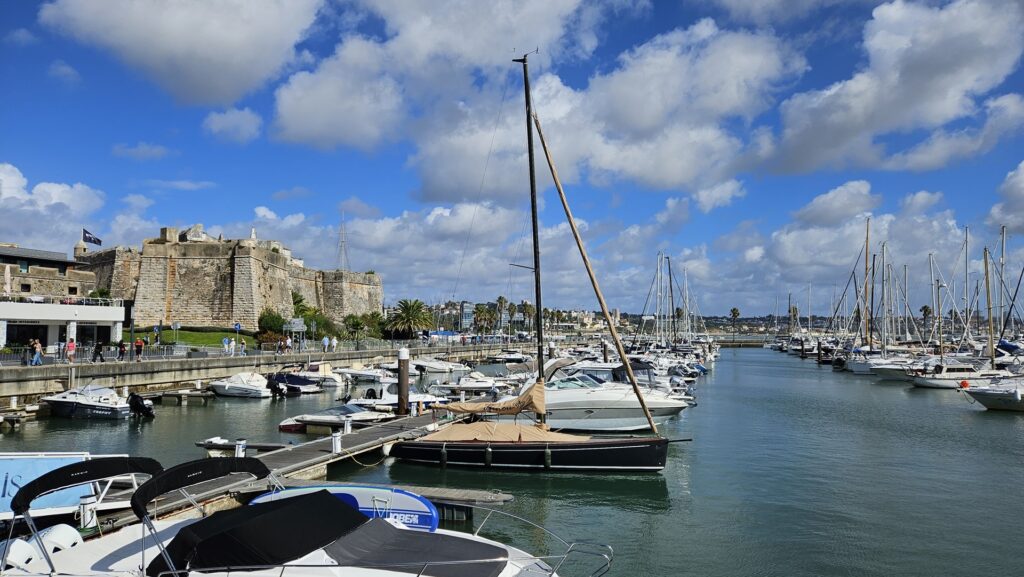
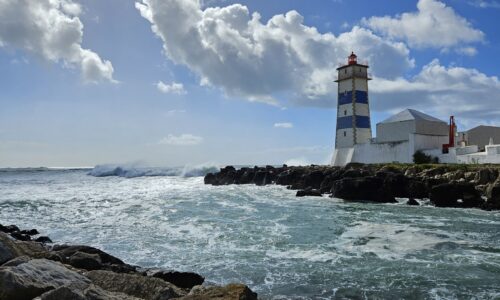
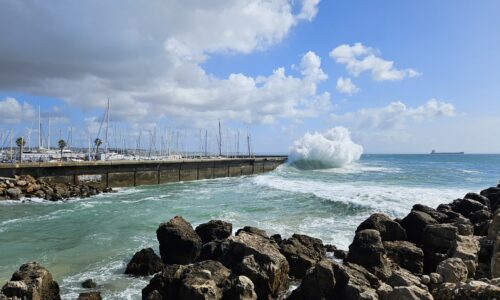
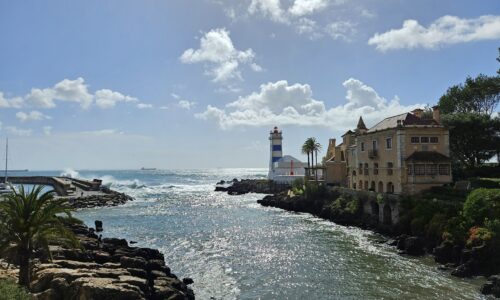
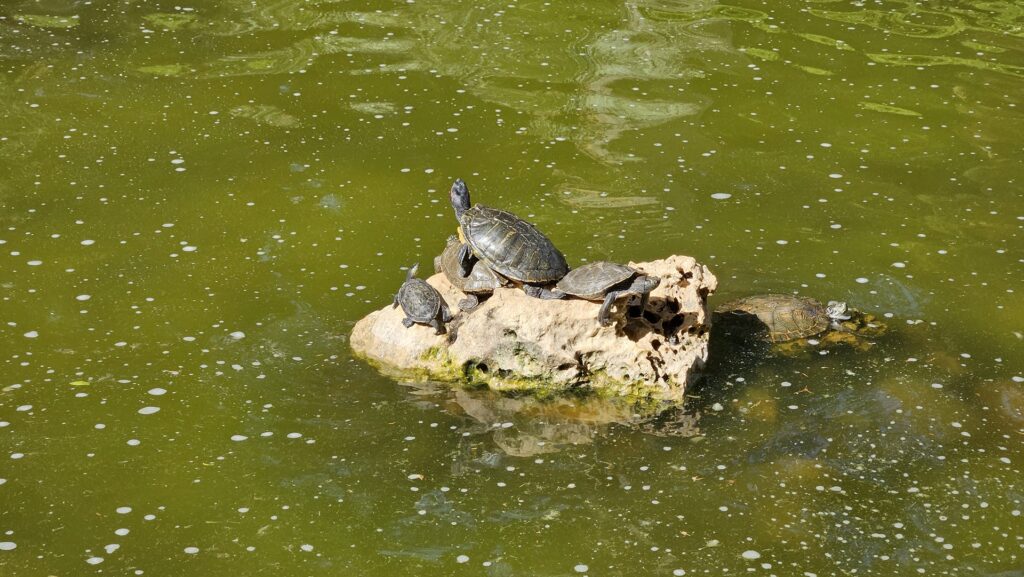
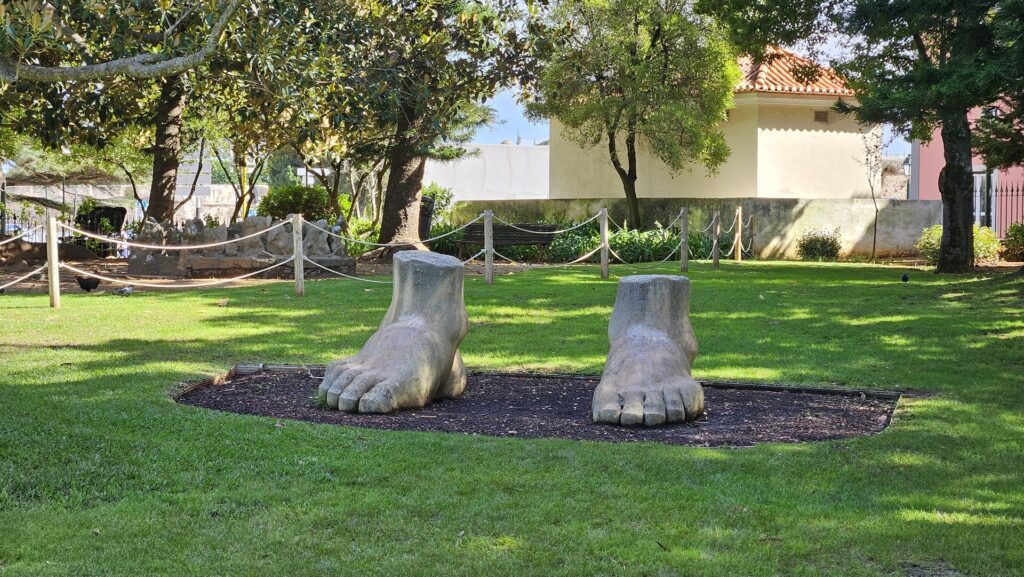



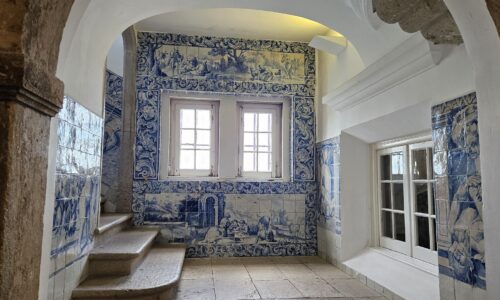
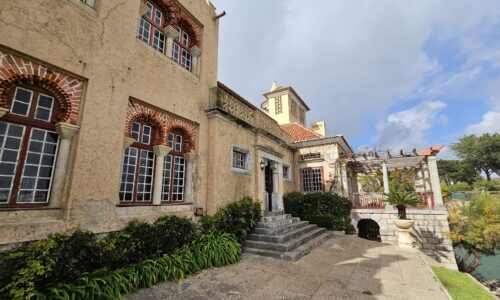
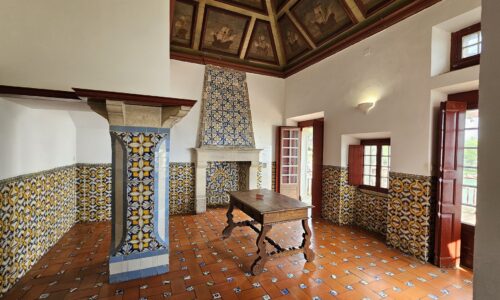
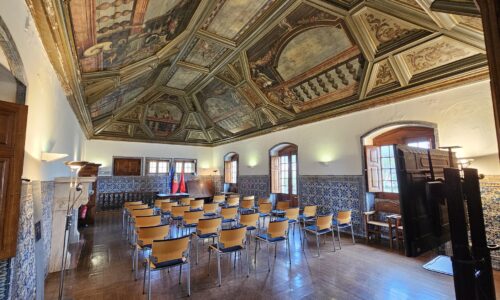
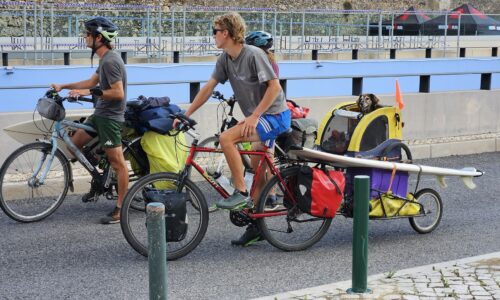
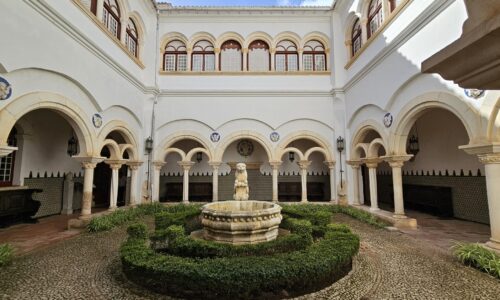
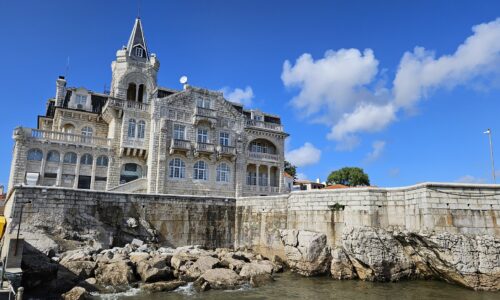
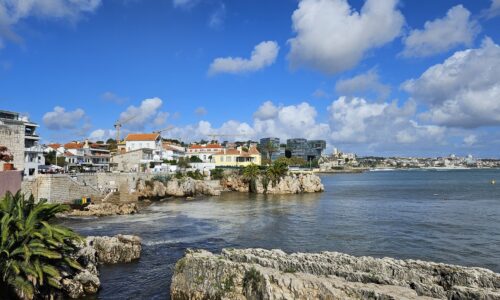

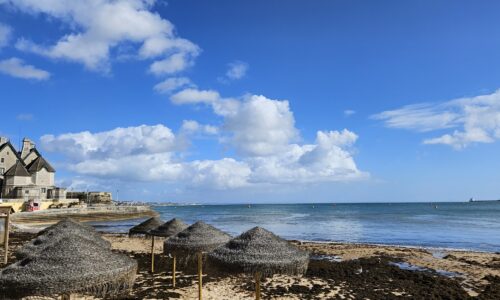
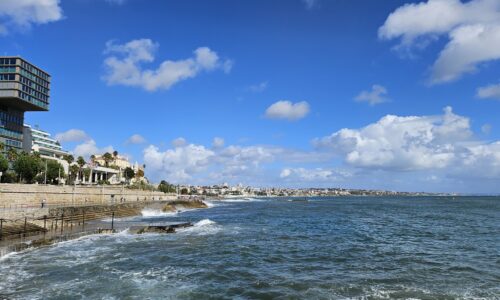
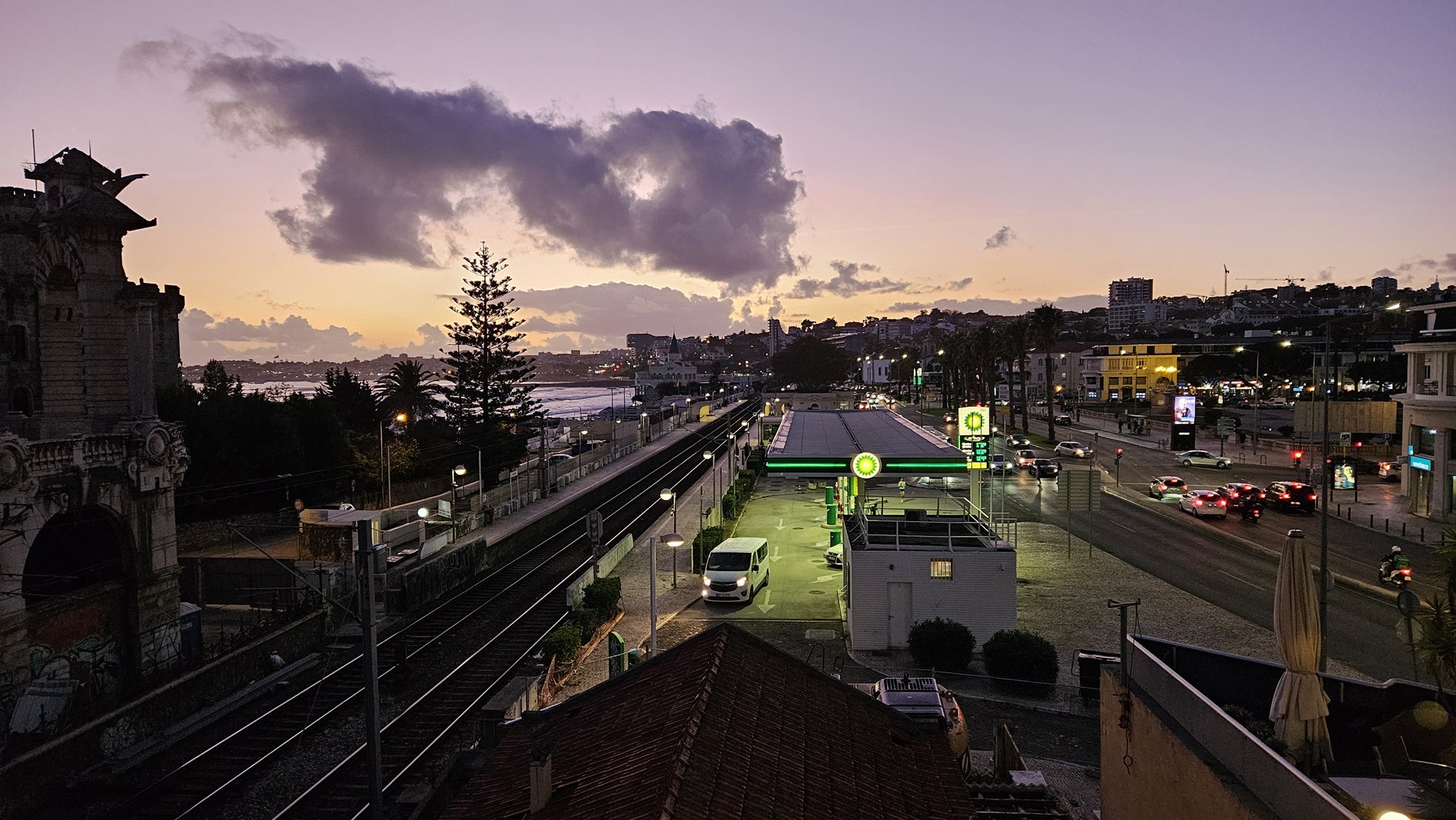
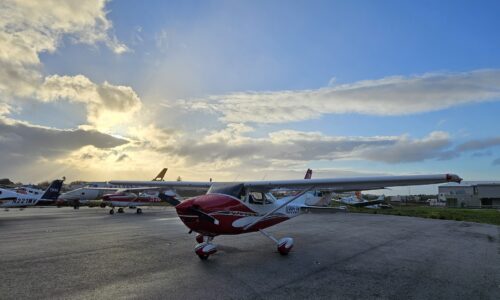
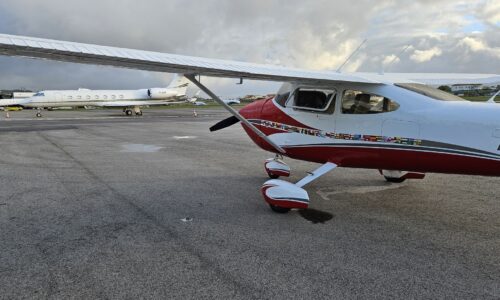
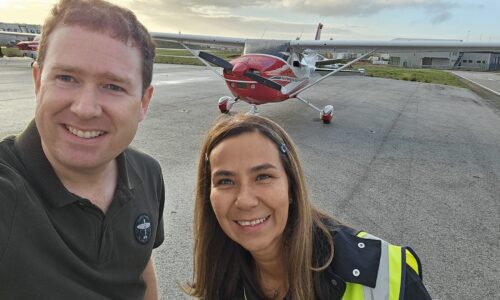
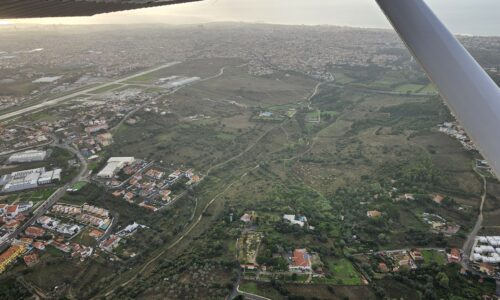
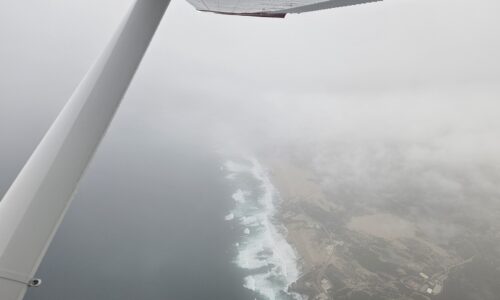
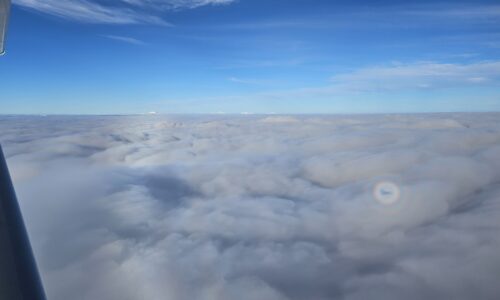

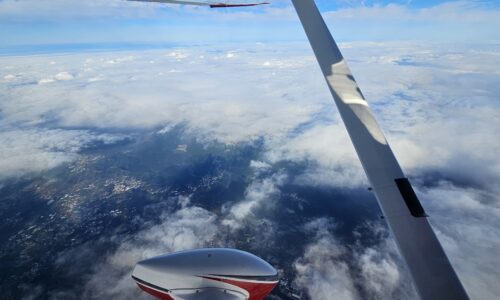
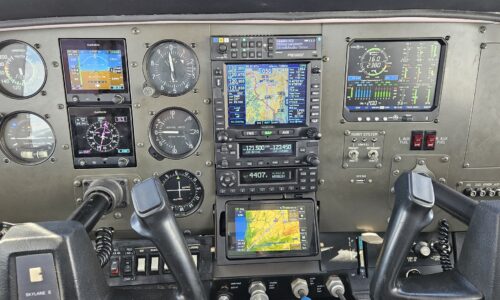
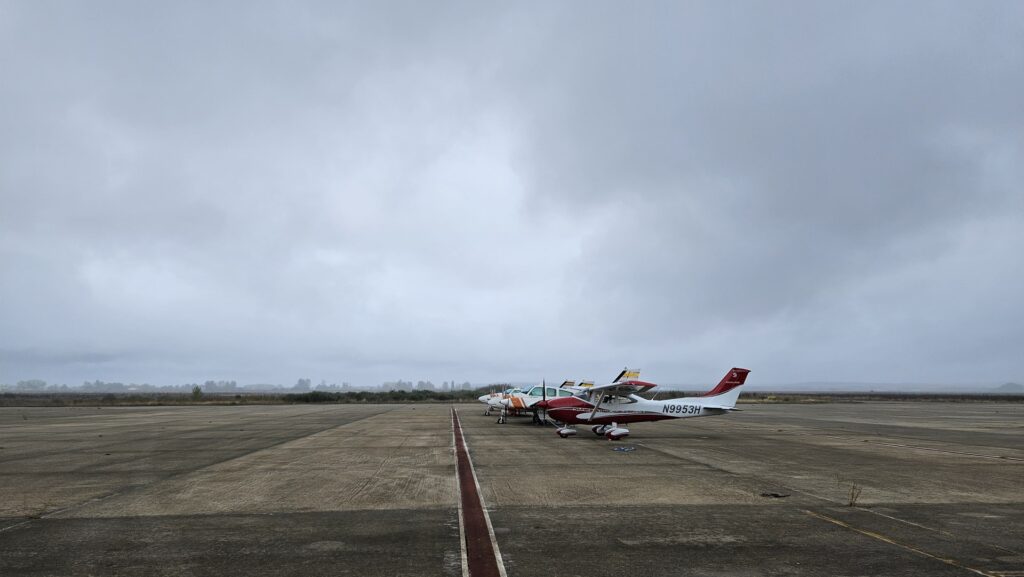
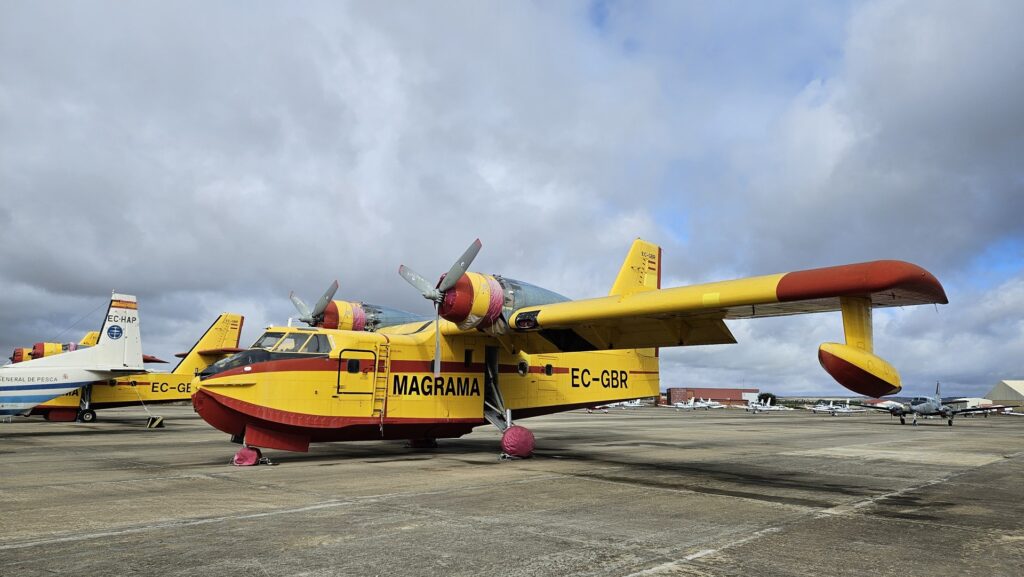
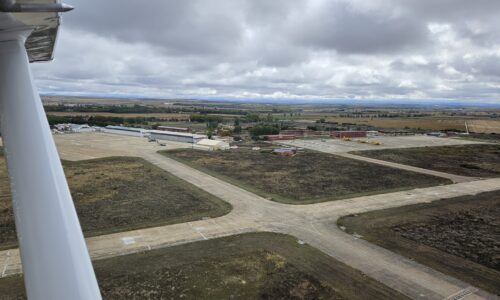
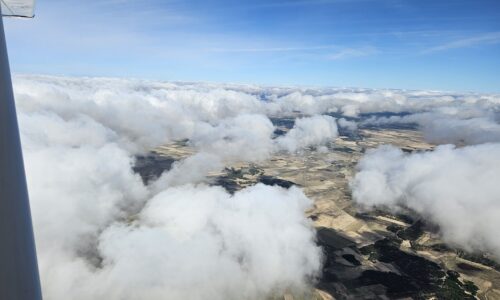
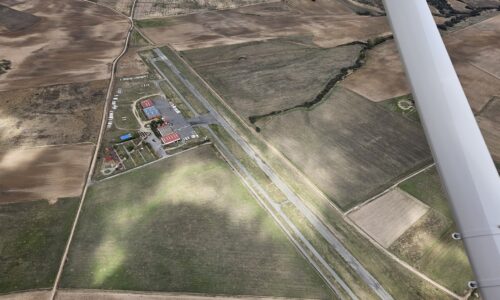
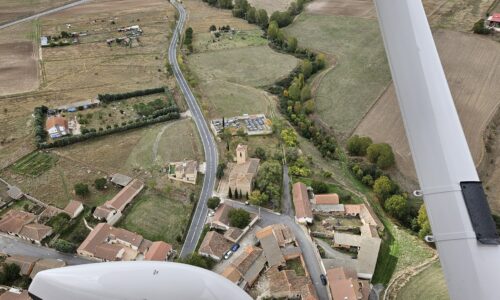
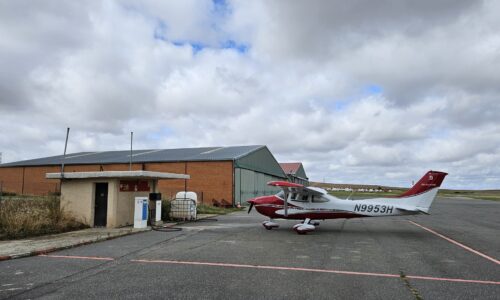
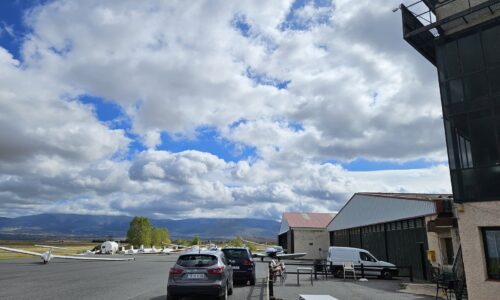
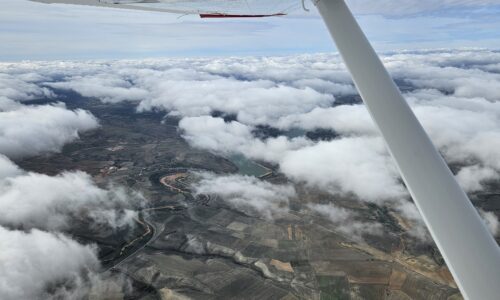
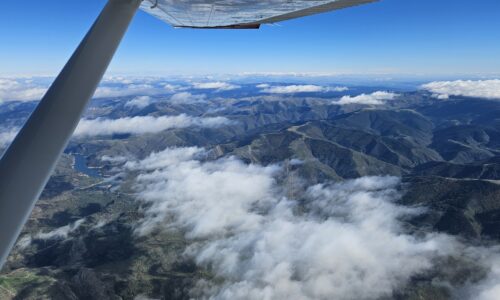
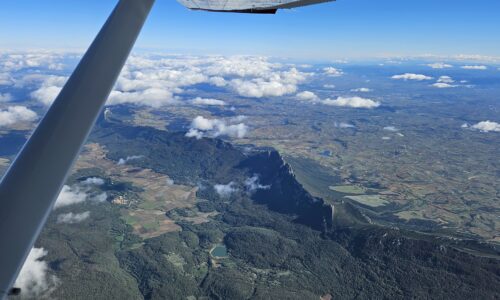
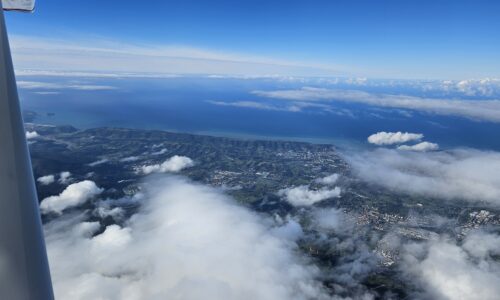
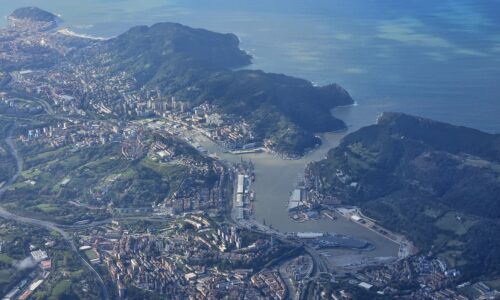
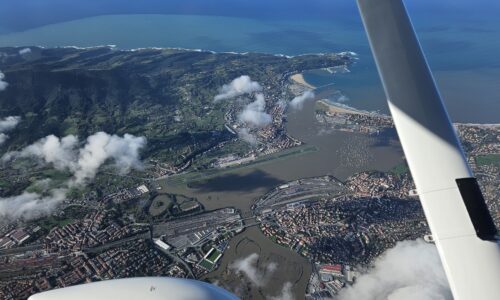
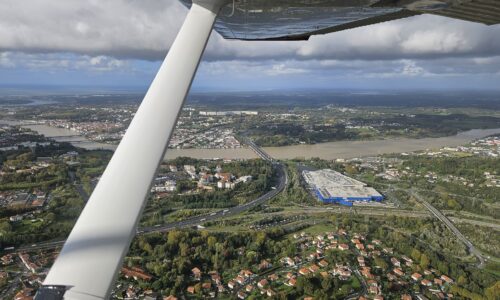
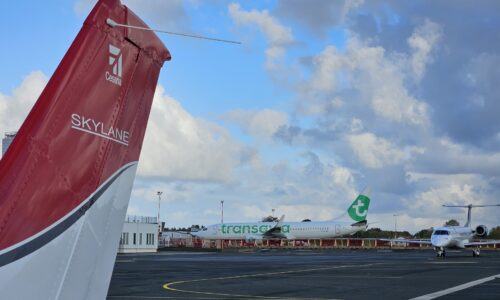
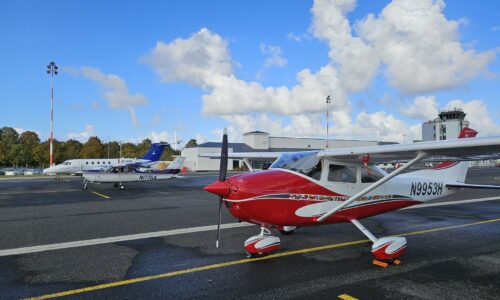
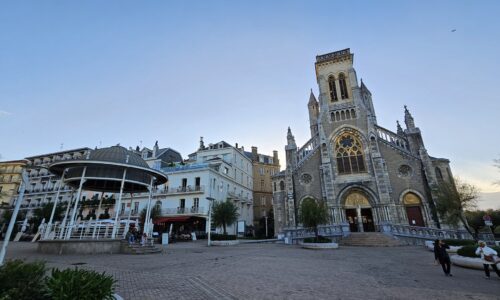
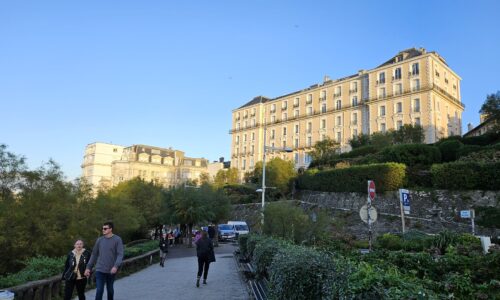
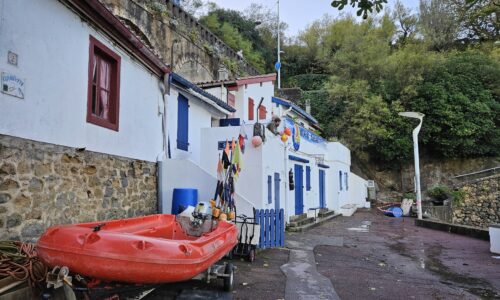
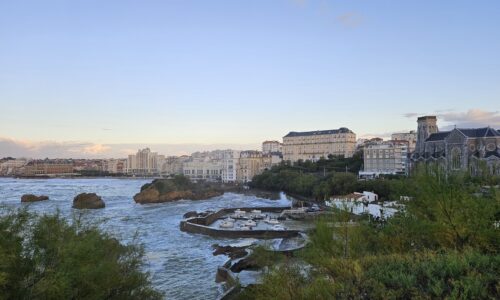
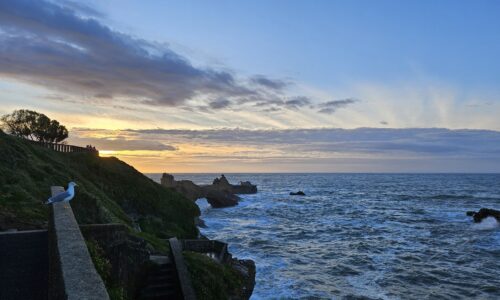

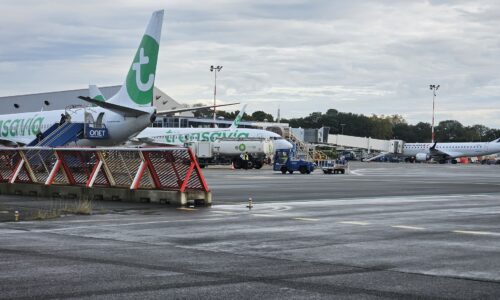

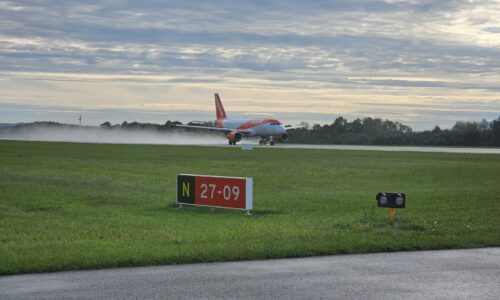
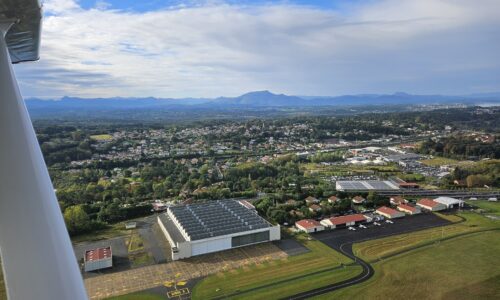

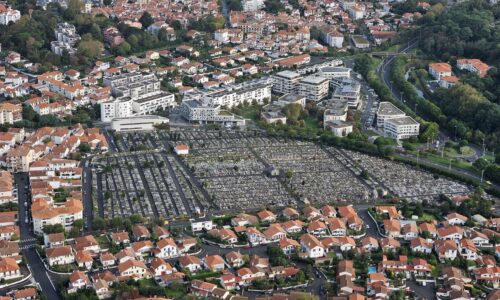

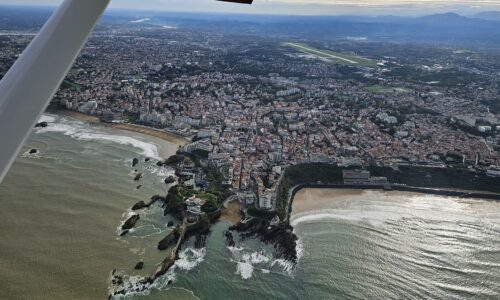
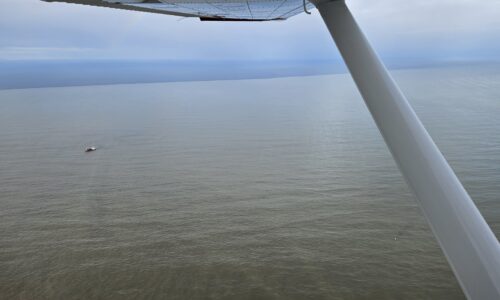
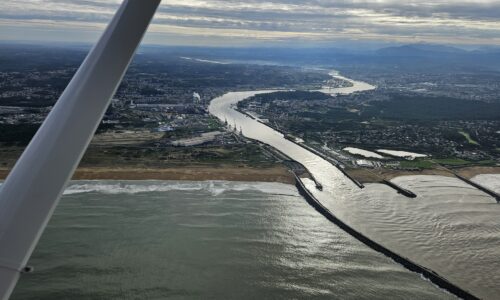
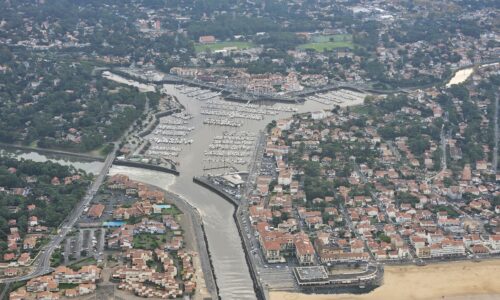
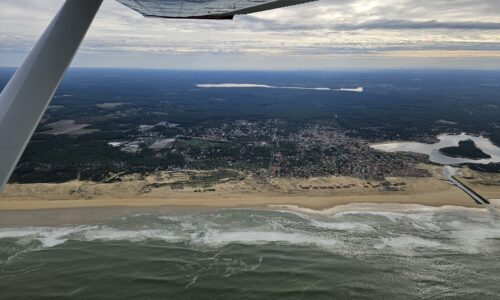
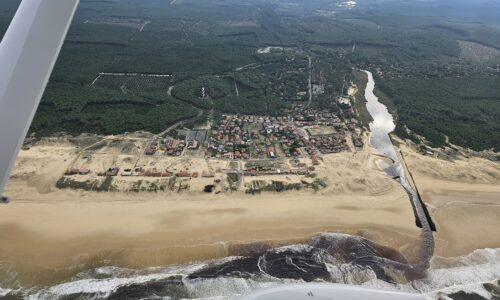

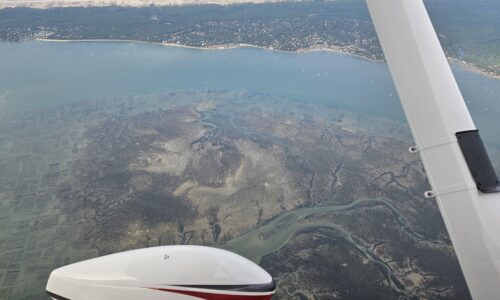
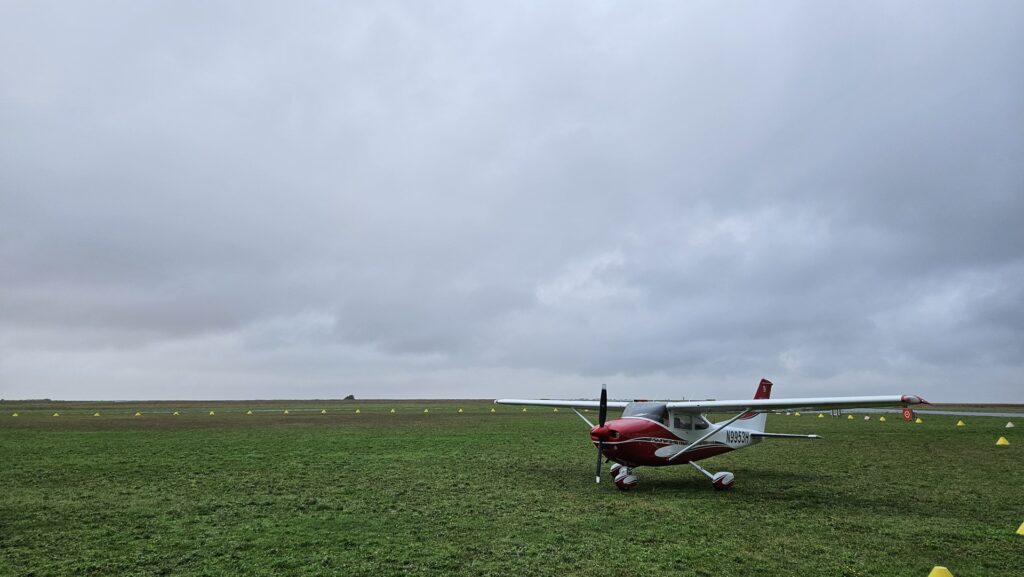
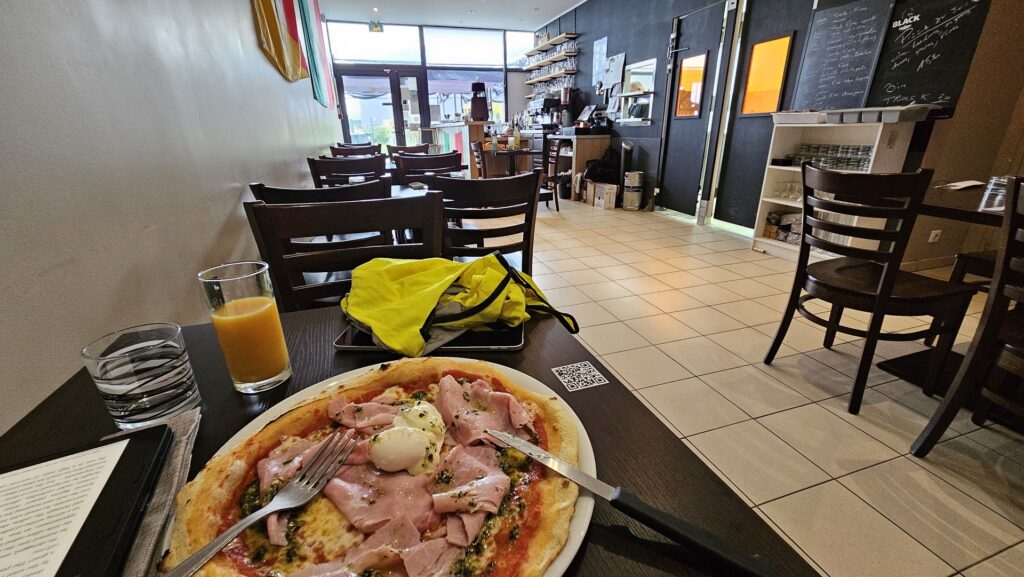
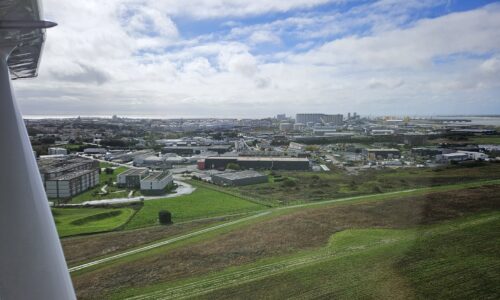
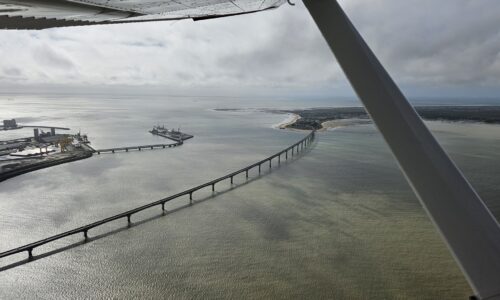
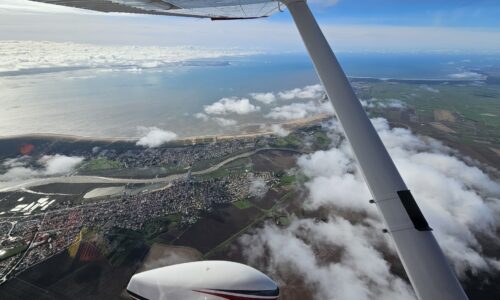
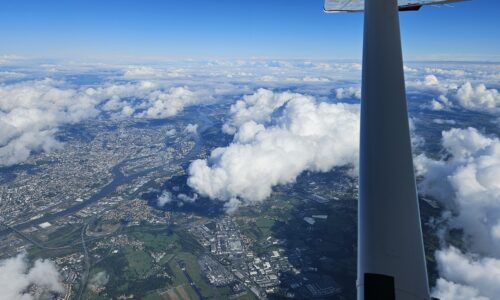
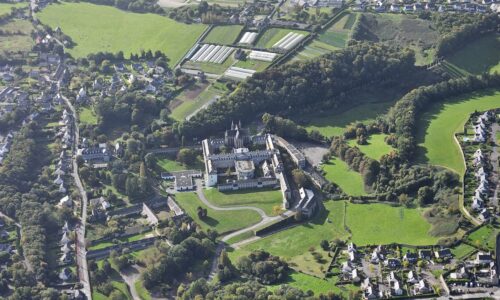
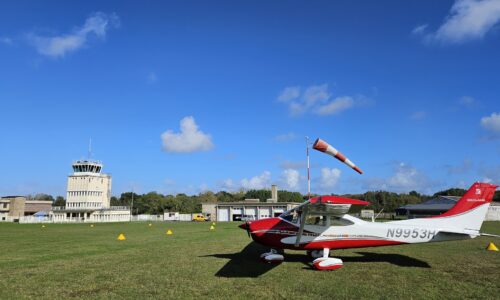
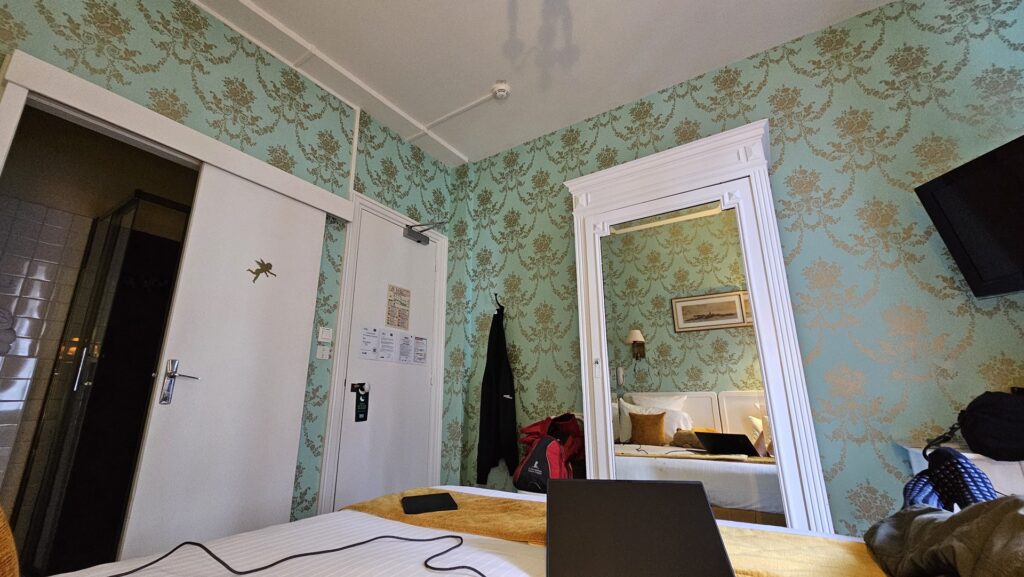
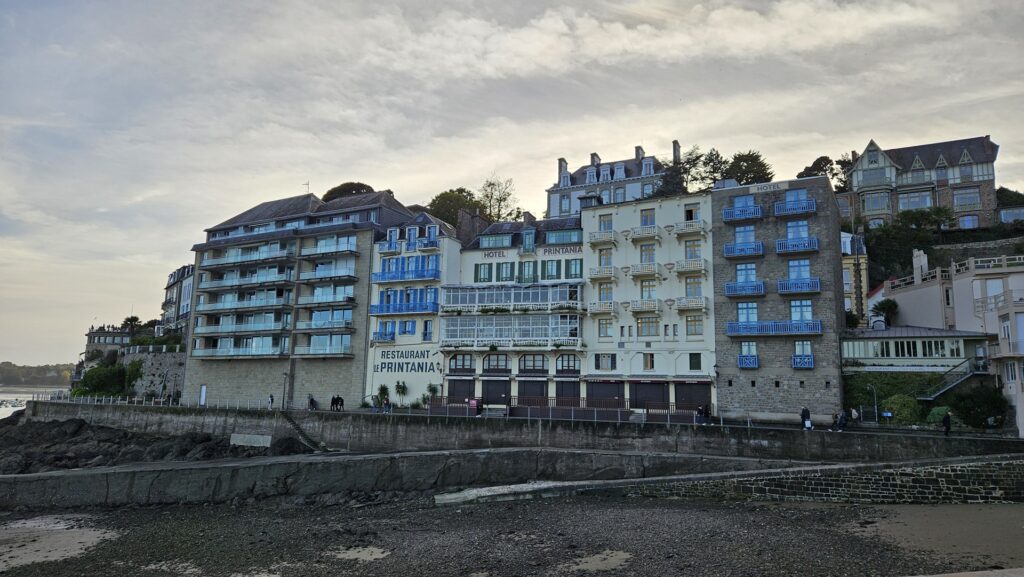





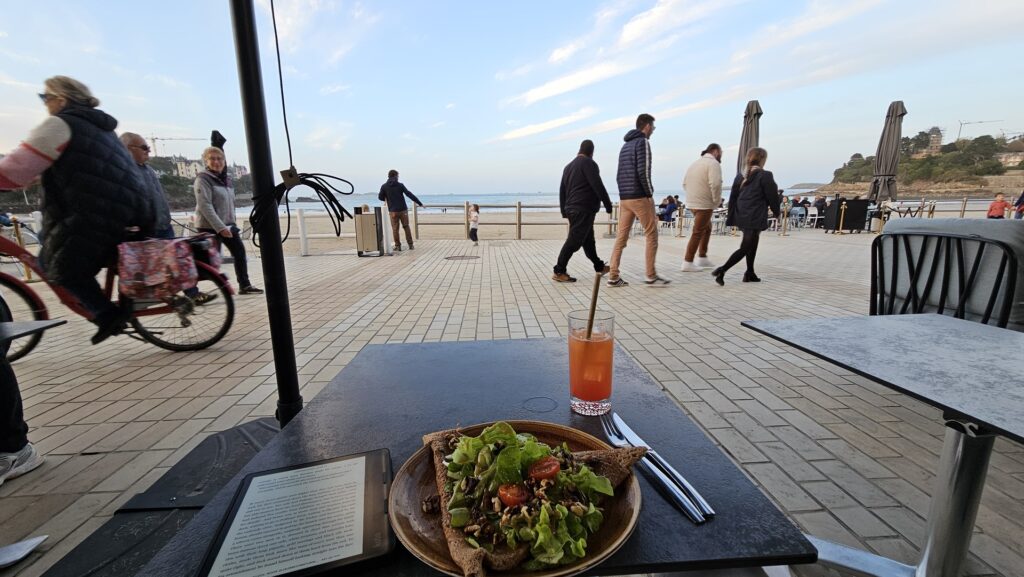

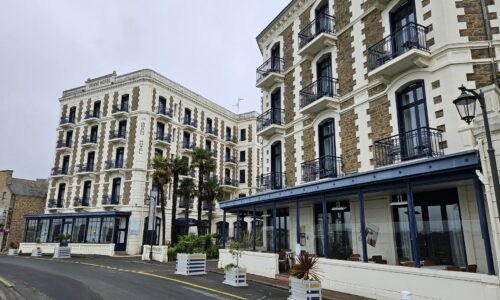

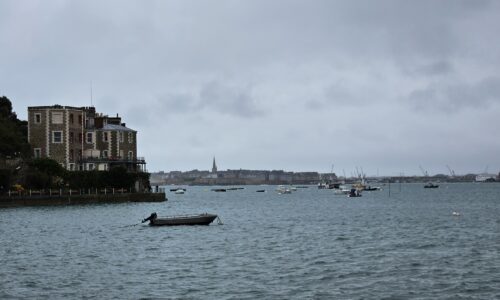
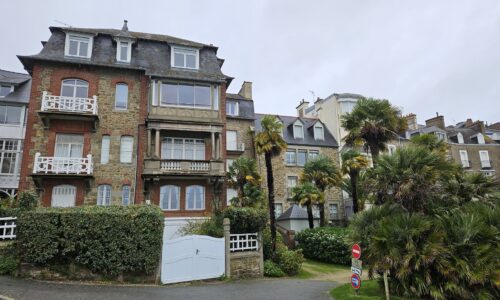
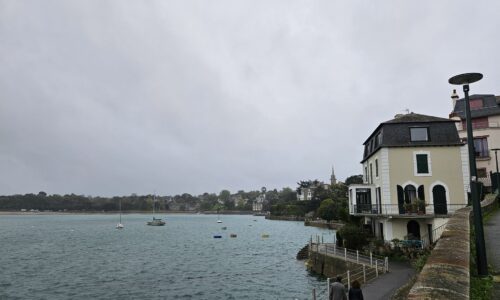

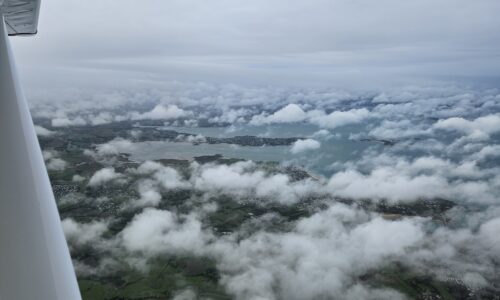
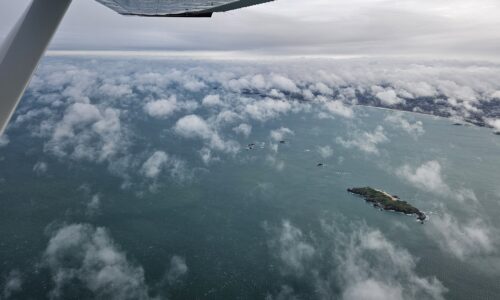
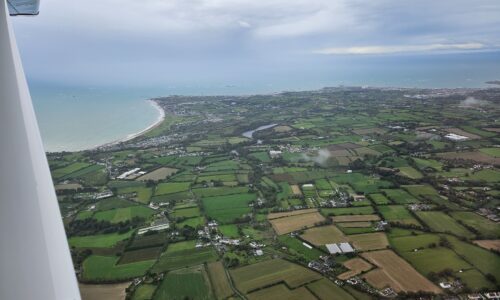
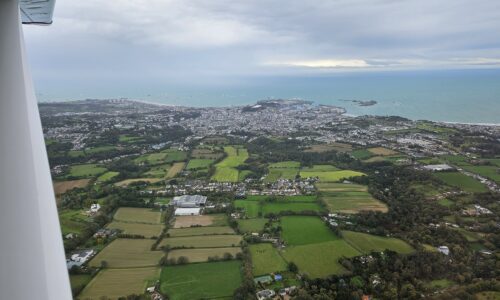
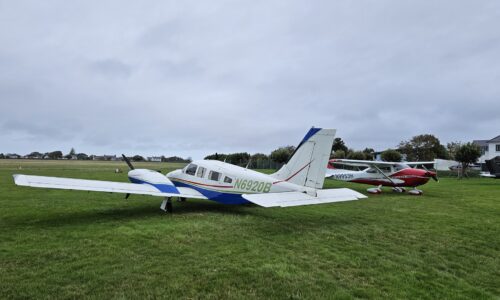
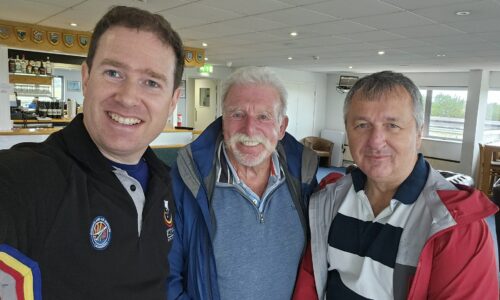
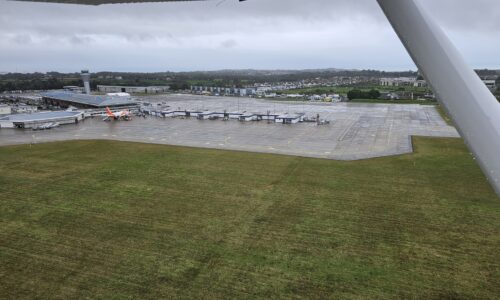
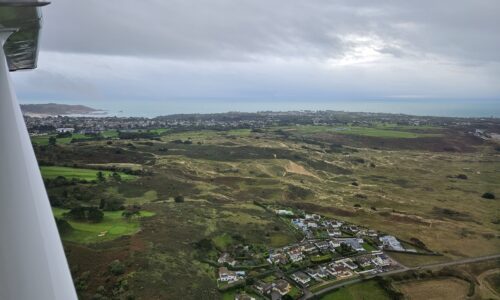
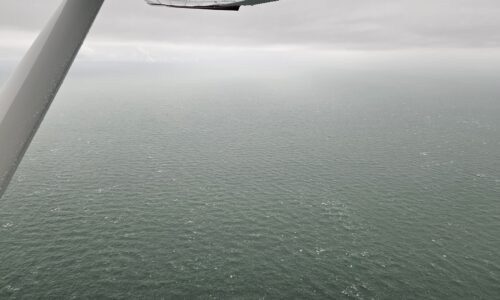
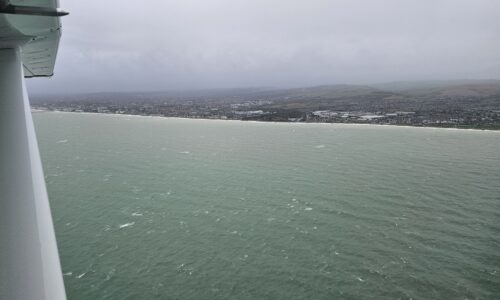
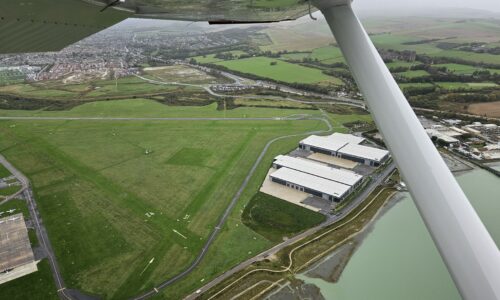
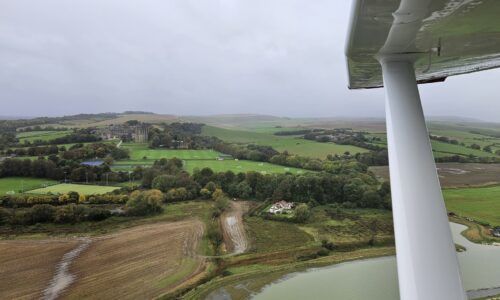
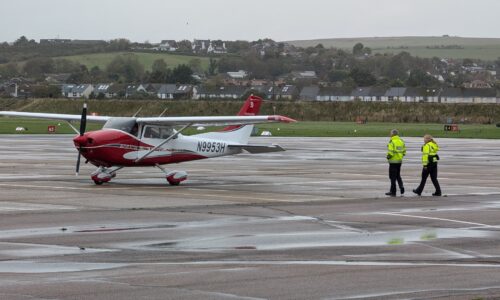
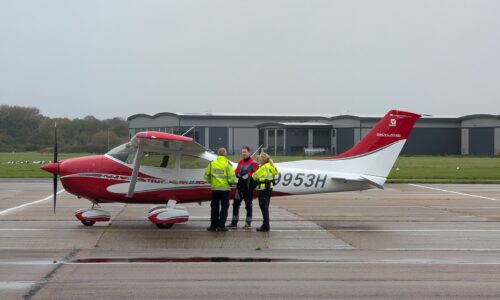
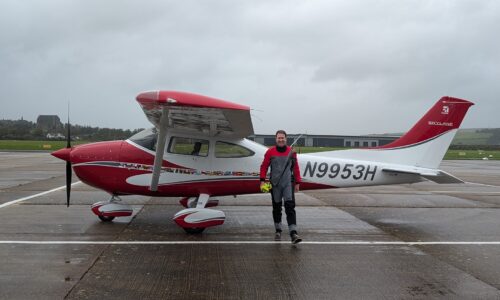
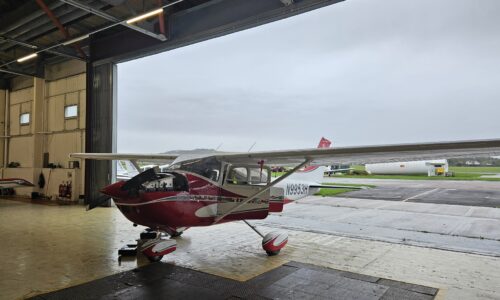
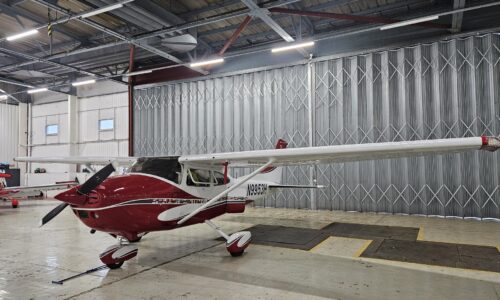
8 thoughts on “Return to Australia – The Atlantic, Part 3”
This has truly made my day, after randomly searching the planes registration. I came across this website. YOU HAVE THE BIGGEST BALLS FLYING SUCH A SMALL PLANE over the Atlantic ocean. I loved reading your journey summaries. plus you landed and took off from the UK’s airport!!. safe travels and happy flying
Thanks for the message Joshua, glad you have enjoyed reading about the adventures!
Just heard you climbing out of in Amman today. I am there visiting family of my wife and it is not often you hear a piston aircraft there.
As a fellow aviator I immediately had to check on ads-b what aircraft this is and than found your page here.
Thanks for the message Max – nice to know that people are coming across the site, and I hope you’ve enjoyed the read! I will be working on writing up the next section, including the Amman visit, over the coming weeks.
Thanks so much for documenting your adventures so comprehensively – they make fantastic reading. Glad to see you in Jordan – must be a fantastic temperature change from Shoreham. I flew a Piper Super Cub from Goodwood last summer after having learnt to fly in a 152 in 1977!
Glad that you have enjoyed the site, Stuart, and thanks for the kind words! Good to hear that you have returned to flying!
Hey Ross. It’s exciting to see you on the move again. I love watching Planey’s icon progressively moving across Eurasia. I look forward to reading your flight reports in the months ahead. You’ve made some interesting stops in recent weeks. I’d also like to learn more about what motivates your choice of airfield along the way. Cheers, Andrew. P.S. I’m still keen to hear how your trip to Bermuda went.
Thanks Andrew! The choice of stop was motivated by two main factors: fuel availability, and a desire to visit countries that I hadn’t previously landed in. Bermuda write-up to come; pending an agreement with Cessna Pilot magazine who may want initial publishing rights!